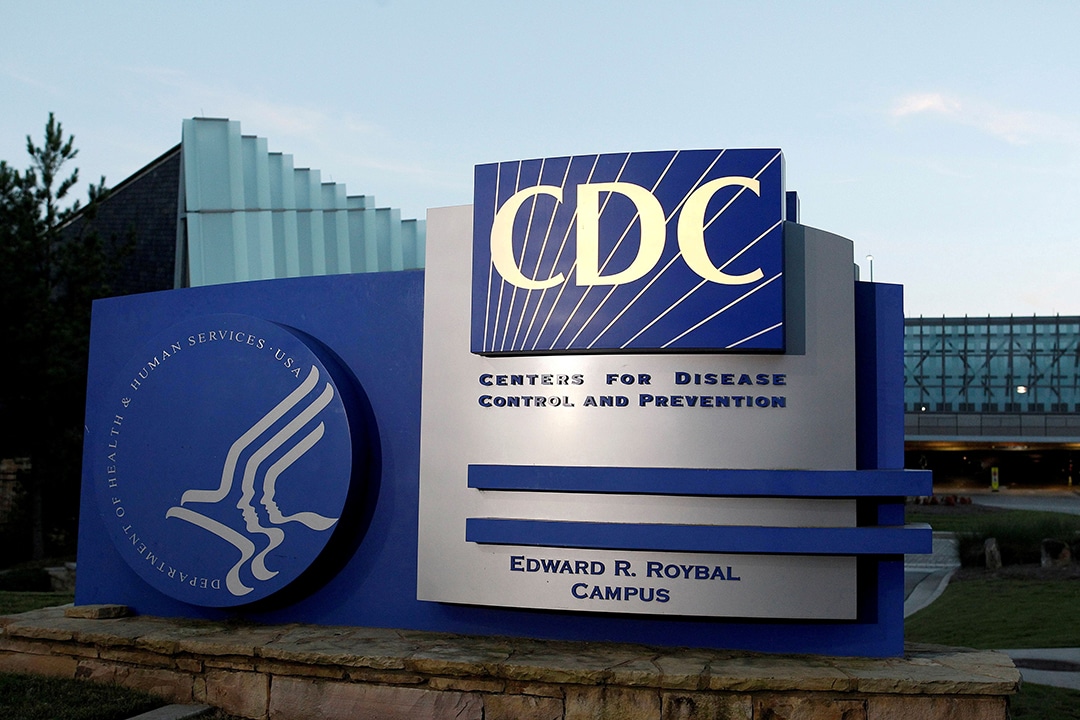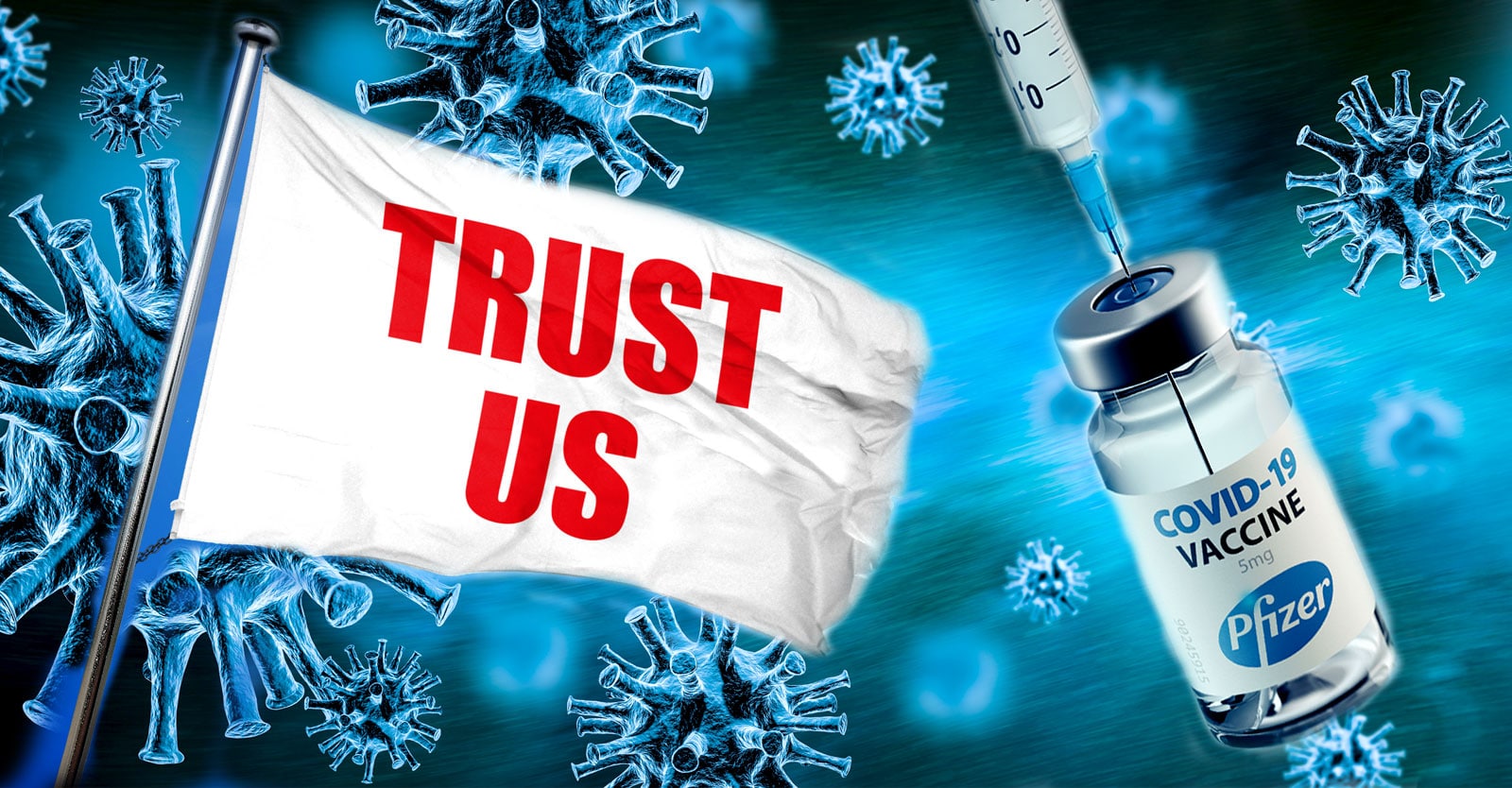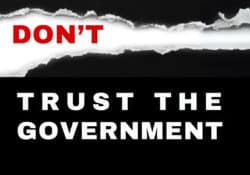

Public Trust in the CDC Waning
by Carolyn Hendler, JD Apr 25, 2022
Since the start of the pandemic, the public’s trust in U.S. Centers for Disease Control and Prevention (CDC) has waned. It is now widely accepted that the agency has lost a significant amount of credibility.1 An NBC News poll conducted in January 2022 showed that only 44 percent of Americans trust the CDC while 43 percent do not trust the agency. Another poll by Pew Research conducted in February showed that 60 percent of Americans were confused by the CDC’s changing guidelines for COVID-19.2
Although the level of trust in the CDC remains low, support for the agency has increased since this summer when a Gallop poll found that merely 32 percent of Americans agreed that the CDC was communicating a clear path to control spread of SARS-CoV-2.3 This is in clear contrast to public opinion prior to the coronavirus pandemic when a 2019 poll showed that more than 80 percent of Americans viewed the CDC favorably.4 5
Studies Show Lockdowns Recommended by CDC Didn’t Work
Rep. Larry Bucshon (R-Ind), a heart surgeon and member of the Republican Doctor Caucus, believes the problem is that the public views the CDC as a political tool. Rep. Bucshon said:
I think the confidence that people now have in the CDC, for example, is low. I can tell you the people that I represent in southwest Indiana just don’t trust the information coming out of the CDC. And I think people recognize that it’s been politicized, and so they don’t trust it.6
Rep. Buschon explains that trust in the CDC has eroded partially due to studies showing that the lockdowns the CDC recommended did not have a significant impact on stopping the transmission of COVID. He points to a Johns Hopkins University study that showed the lockdowns had little to no effect on COVID death rates. He also suggests that the agency should consider levels of natural immunity rather than just focusing on raising vaccination levels as a way to control of the virus, but, so far, the CDC has failed to recognize natural immunity.7
Although Congress appropriated nearly $8 billion in FY2020 and FY2021 for the CDC to do its job,8 executive director of the American Public Health Association (APHA) George Benjamin, MD believes the problems with the CDC’s poor public image are due to inadequate funding. Dr. Benjamin said that by more money would solve the agency’s problems because federal health officials would be able to develop a more accurate data infrastructure, boost the workforce, strengthen lab capacity and improve rapid-response systems, which would increase the agency’s credibility.9
Outside Expert Should Review Communication and Organizational Skills of CDC Employees
According to Terry Haines, founder of the health care consultancy Pangaea Policy, the CDC is facing two major problems that can only be remedied by having an outside expert conduct a review of the agency. He said:
One is the lack of trust based on the CDC’s communication and the other one hits at the agency’s credibility. There’s a concern that what the agency has been up to during the pandemic has been politicized to some extent, and that they’ve been bending to political pressures. Both things need to be addressed fundamentally.10
Texas based cardiologist, Fahmi J. Farah, MD criticized the CDC for inconsistent messaging during the pandemic. Dr, Farah said:
I don’t think that, unfortunately, CDC was as prepared as it should have been. We didn’t even have enough resources such as masks, PPEs even for critical health care workers. In the ICUs, we were missing masks to protect ourselves and that jeopardized quite a few health care workers at the beginning of the pandemic.11
The CDC Changes the Way it Monitors COVID-19, Raising Doubts
In a move that created the appearance of politicization, just four days before the State of the Union address by President Biden, the CDC changed the way that it monitors COVID. Federal health officials implemented a new method they called “community levels” that reports COVID cases based on hospital-based metrics rather than the previously used method of tracking community transmission levels. The new guidelines call 200 cases per 100,000 “low” considering hospital admissions are also considered low while the old guidelines called 50 cases or more per 100,000 people, “substantial or high.” Seemingly overnight a map tracking COVID through the U.S. turned from red to green.
Critics claimed the CDC’s new method of monitoring COVID cases gave the false impression that the coronavirus pandemic was over when it was not.12
An article in Slate opined:
In the popular imagination, the CDC was supposed to be that trusted scientific authority. Now, a sense of disillusionment about the agency has set in.13
Is CDC Following the Science or Playing Politics?
The CDC insists that their policies are based purely on scientific decisions, but some of the actions the agency has taken during the past two years has raised questions about whether all of its decisions are only based on the scientific evidence.
At the start of the pandemic, the agency said that COVID was not largely spread through the air and that masks were not necessary. When the CDC reversed that decision and told Americans they all must wear masks, public health officials claimed that the science had evolved when, in reality, although scientific knowledge about the risks of transmitting the virus may have advanced, the CDC’s initial assertion was also largely based on the shortage of mask supplies for healthcare workers. Critics say the agency should have been more honest and transparent with the public about reasons for masking (or not masking).14
When the CDC shortened the quarantine period from 10 days to five days, public health officials said this change was, “motivated by science.” However, after studies showed that as many as half of COVID-19 patients are still contagious five days into the infection, the agency admitted that the change in guidance was also influenced by other factors, such as economic effects and compliance issues associated with a longer quarantine.
Whether or not this was a sound decision taking into consideration all factors, it appears the change in the CDC’s quarantine policy was not based on or even supported by scientific evidence. This lack of transparency has contributed to public mistrust of the agency.15
According to Mical Raz, MD, professor of history and health policy at the University of Rochester, “Many opportunities to regain trust were squandered, perhaps in this attempt to appease too many people and ultimately appeasing none. The CDC is doing a stunningly bad job at leveling with the public.”16
CDC Conducts Internal Review of Its Pandemic Response Policies
Answering the call for changes, CDC director, Rochelle Walensky, MD acknowledged the problems and recently stated that the agency would face a top-to-bottom review. Dr. Walensky informed the CDC staff that the agency’s “structure, systems and processes” would be evaluated over a period of a month commencing on Apr. 11. The review will be conducted by three CDC officials, acting principal deputy director, Deb Houry, COO, Robin Bailey and Chief of Staff, Sherri Berger along with the associate administrator for primary healthcare at the Health Resources and Service Administration.17 The review will concentrate on increasing the public health workforce, modernize data collection systems, lab capacity, and rapid response to outbreaks.18
Dr. Walensky said:
Never in its 75-year history has CDC had to make decisions so quickly, based on often limited, real-time, and evolving science. The COVID-19 pandemic has presented opportunities across HHS to review current organizational structures, systems, and processes, and CDC is working to strategically position and modernize the agency to facilitate and support the future of public health.19
Re-establishing a Firewall Between Politics and Science at the CDC?
As the Biden administration took office in January 2021, four former CDC directors wrote an opinion piece for NBC News lamenting how the public trust in the CDC has eroded over recent years and optimistically called for changes. They wrote:
Re-establishing the firewall between politics and science must begin immediately so the integrity of the CDC is never again undermined. The fault lines that existed even before the pandemic have been glaringly revealed: Each incoming administration and Congress has brought its own priorities and agenda; as a result, CDC funding has always been inconsistent, unpredictable and deeply fragmented.20
It appears that confidence in the new administration successfully revamping and depoliticizing the CDC were short lived. In an opinion piece published in The Guardian, a group of epidemiologists, nurses, physicians, artists and biologist criticized the CDC’s pandemic response policies, especially the new COVID case monitoring system based on “community levels.”
The resulting shift from a red map to a green one reflected no real reduction in transmission risk. It was a resort to rhetoric: an effort to craft a success story that would explain away hundreds of thousands of preventable deaths and the continued threat the virus poses.21
The article continued to explain why the new reporting system is contrary to evidenced based and fair public health practices. First, the new system downplays the rate of community transmission minimizing the importance of new cases and focuses instead on hospital-based metrics. This new reporting system does not prevent the spread of COVID-19 because, by the time the warnings are made public, surges in case numbers and deaths have already begun. Because people testing at home do not have to report their test results, there is no clear early indicator of the risk of transmission.22
Under the new COVID reporting guidelines, mask recommendations are no longer based on the risk of transmitting SARS-CoV-2 and instead recommend that people speak to their healthcare provider before deciding whether or not to wear a mask. According to the authors of the article criticizing CDC’s pandemic policies, this is a flawed system because not all Americans have access to healthcare and are able to speak to a health care professional.23
The authors point out the change in COVID reporting guidelines were made for purely political reasons. They said:
The new recommendations aim to convince the public that this pandemic is over when it is not… They suggest Long Covid isn’t the rapidly growing crisis that it is, especially for those fully vaccinated, despite documented risks of ongoing and sometimes disabling symptoms. They dismiss the near-inevitable emergence of new variants.24
The authors continued…
Some claim that the White House and the CDC are “following the science” and doing the best they can in these times. But if the goal is to prevent infection and suffering, the updated recommendations do not align with science or equity. It’s more accurate to say they’re following the money. They’ve put the desires of corporate America above the needs of our people, and especially our most vulnerable.
In response to their claims that the CDC is representing big business rather than the people, the authors have formed The People’s CDC. The People’s CDC has released a statement regarding the threat presented by the most recent variant, BA.2 and reminding people to continue to take preventative measures as we are still in a pandemic and there is a risk of a new surge of infections due to the BA 2 variant.25
1 Bushak L. Can the CDC’s internal review staunch the credibility and comms bleeding. PR Weekly Apr. 11. 2022.
2 Ibid.
3 Martin M, Palmer T. CDC plans overhaul amid COVID-19 response criticism. News Nation Now Apr. 5, 2022.
4 Requart T. We’re Expecting the Wrong Things From the CDC. Slate Mar. 21, 2022.
5 Public Expresses Favorable Views of a Number of Federal Agencies. Pew Research Center Oct. 1, 2019.
6 Haq M, Lance S. Trust in CDC Is Low, Agency Has Been Politicized: Rep. Larry Bucshon. The Epoch Times Mar. 31, 2022.
7 Ibid.
8 CDC. Office of Financial Resources FY 2021 Annual Report.
9 Bushak L. Can the CDC’s internal review staunch the credibility and comms bleeding. PR Weekly Apr. 11. 2022.
10 Ibid.
11 Martin M, Palmer T. CDC plans overhaul amid COVID-19 response criticism. News Nation Now Apr. 5, 2022.
12 The CDC is beholden to corporations and lost our trust. We need to start our own The People’s CDC. U.S News & World Report Apr. 3, 2022.
13 Requart T. We’re Expecting the Wrong Things From the CDC. Slate Mar. 21, 2022.
14 Ibid.
15 Ibid.
16 Ibid.
17 Ibid.
18 Martin M, Palmer T. CDC plans overhaul amid COVID-19 response criticism. News Nation Now Apr. 5, 2022.
19 Ibid.
20 Kopla J, Gerberding J, Besser R, Frieden T. The CDC was damaged by marginalization and politicization. This is how Biden can fix it. NBC News Jan. 14, 2021.
21 The CDC is beholden to corporations and lost our trust. We need to start our own The People’s CDC. U.S News & World Report Apr. 3, 2022.
22 Ibid.
23 Ibid.
24 Ibid.
25 People’s CDC Statement on Potential BA.2 Surge and Recommended Precautionary Policy Proposals. Press Release. Mar. 23, 2022.
26 Ibid.




